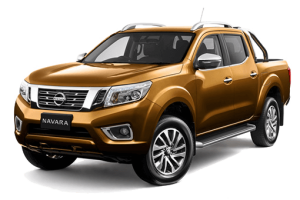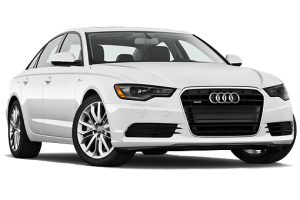Tech Talk
Four-Wheel Drive and All-Wheel Drive Explained
Could you tell the difference between four-wheel drive (4WD) and all-wheel drive (AWD)? If you said “no” you are in good company. Most people think they are synonymous with one another and know these systems aid with off-roading and snowy conditions, but few can explain the differences.
While a detailed explanation for 4WD and AWD would take many pages, their basic similarities and differences are fairly easy to describe.

Four-Wheel Drive
Developed in the early 1900s, 4WD (also referred to as 4×4) became available in the 1940s. Designed for use in vehicles that spend much or all of their time off-road, 4WD uses a system of gears called a transfer case to take power from the transmission and distribute it evenly to all four wheels. The key word in that sentence is “evenly”.
When any vehicle turns a corner, the outside wheels must turn faster than the inside wheels, as the outside wheels travel further. In conditions where the inside wheels can “slip” to keep up with the outside wheels, this does not pose a problem. However, in conditions like dry pavement, that slippage cannot occur and damage to the drive system can result. This post won’t go into the specifics of that damage or how modern 4WD drive systems prevent it with different solutions, but remember to take your vehicle out of FWD on drive pavement.

All-Wheel Drive
AWD was developed more recently partly in response to slippage on dry pavement. Designed more to improve traction in changing road conditions than for use off-road, AWD utilizes multiple “differentials” (typically front, center and rear) to send power to each of the vehicle’s four wheels as they need it. Wheel sensors send information to the vehicle’s AWD computer many times per second and it automatically makes fine power adjustments with the same lightning speed, leaving all but the most knowledgeable drivers unaware that any of this takes place.
Redefining 4WD and AWD
So, to summarise, if you expect to spend a good portion of your time off-road, you want a vehicle with 4WD. For better handling and control in less-than-optimal road conditions, choose AWD. As for remembering the basics of each drive type, maybe think of 4WD as “fair-wheel drive” (all wheels always get their fair share of power) and AWD as “any-wheel drive” (any wheel can get more power if needed).
When all else fails, just leave the differences to the car geeks and enjoy your drive!




